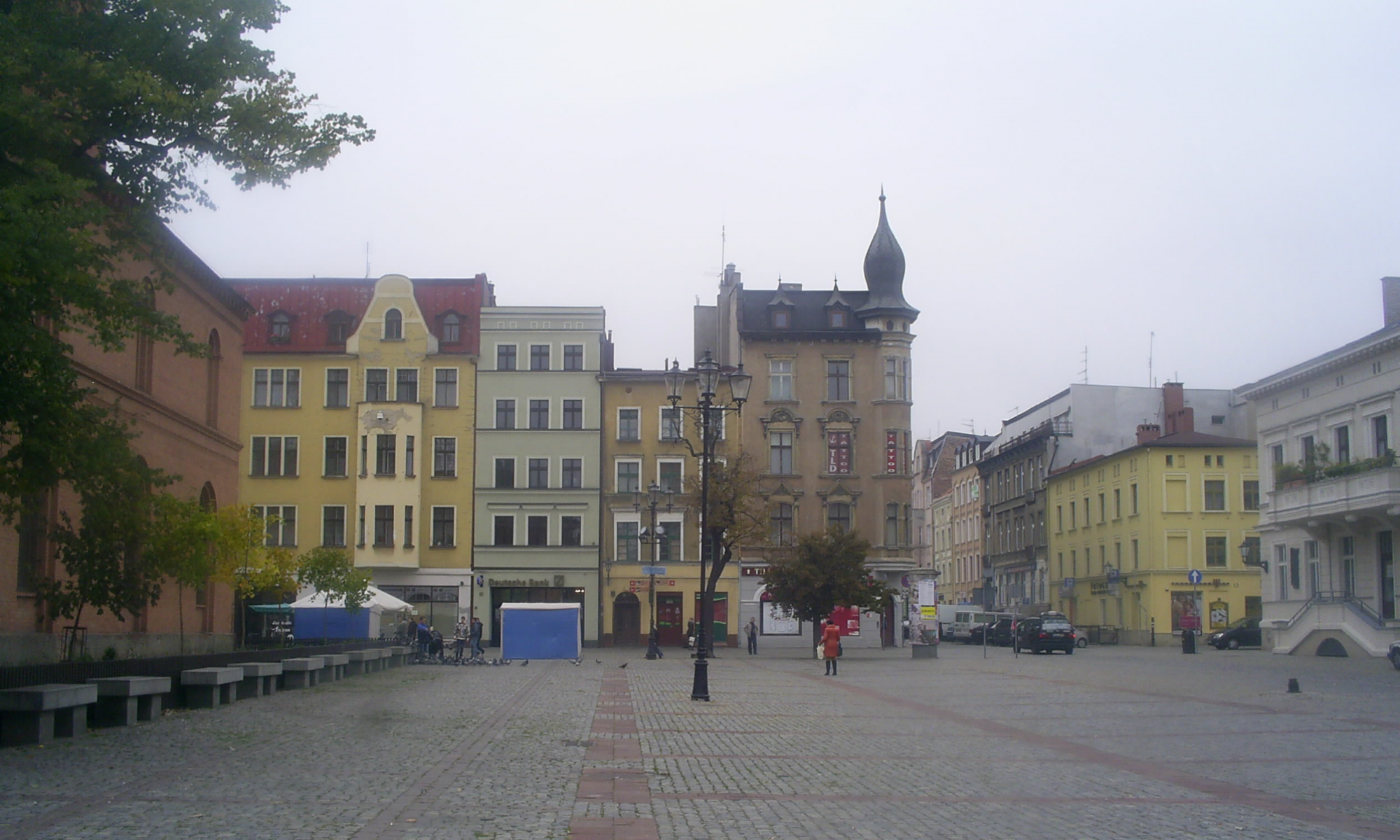Natural and man-made hazards, anthropogenic effects and extreme climate change events, are persistently putting the cultural heritage of Europe under pressure, with a daily incremental frequency. In addition, such disasters and catastrophes compound the conservation challenges and needs of the heritage assets. These events also menace the assets’ social, cultural, historic and artistic values, the safety of citizens, and have an impact on local economies linked to tourism. Consequently, research on adaptation strategies, methodologies and other remedial tools is crucial, in order to safeguard Europe’s cultural heritage from the continuous pressures it faces and the related decay inducing consequences. This Study presents a comprehensive overview of the existing knowledge, at European and international level, on safeguarding cultural heritage from the effects of natural disasters and threats caused by human action. Furthermore, it maps existing strategies and tools for disaster risk management in the 28 Member States, and provides evidence based recommendations with the purpose of supporting European cooperation and improving the integration of cultural heritage in national platforms for Disaster Risk Reduction.
See here for the full publication.
